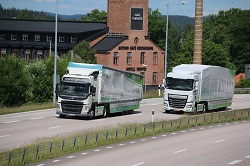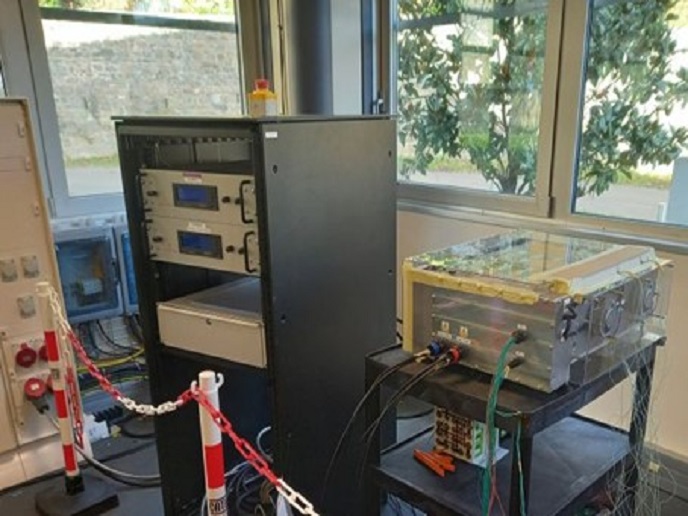Designing the semi-truck of the future
Today’s semi-trailer combinations are very much a one-size-fits-all solution, optimised for a limited number of use cases and for maximum payload. In light of an ever-increasing need for transport efficiency and optimisation, there’s a need to rethink the design of these semi-trailers. ‘Nowadays, truck-trailer combinations are not optimised with respect to their missions,’ explains Paul Adams, project coordinator for the EU-funded TRANSFORMERS project. ‘Ideally, future trucks and load carriers will be easily adaptable for each load and mission, and the vehicle combination able to automatically adjust itself to the actual driving environment.’ The two different semi-trailers designed by the TRANSFORMERS project represent a major step towards achieving this ‘truck of the future’. With a trailer mounted electric driveline supporting the conventional diesel tractor and trailers designed to address both aerodynamics and load efficiency, the TRANSFORMERS semi-trailer combinations offer the potential to reduce energy use by over 30 % (in energy/km.tn). Hybrid-on-demand The TRANSFORMERS project successfully developed and demonstrated a range of innovations that improve transport efficiency within the road haulage industry. The project brings these innovations together in semi-trailer combinations that are easily adaptable so they can be optimised for each transport mission. For example, one of the key innovations developed by the project is the Hybrid-on-Demand (HoD) feature. This feature integrates regenerative braking, supplementary propulsion and intelligent energy controls in the trailer that adapt to the mission profile and are capable of interacting with existing and future trucks. ‘The major advantage of this approach over the classic vehicle hybridisation approach is that only minimal changes to the truck are needed,’ explains Adams. ‘This in turn allows for new options in mission rightsizing.’ The HoD system works by recapturing braking energy in heavy traffic or when it is necessary to restrict the vehicle’s speed when descending hills. The energy is stored in a battery until it is later used to drive the electric motor that supports the conventional diesel engine. Unlike a conventional hybrid driveline, the diesel engine is on the tractor, while the supporting electric driveline is on the trailer. Other key outcomes of the project included: a loading efficiency optimised design for the inside of the trailer, including an innovative double floor; mission-based configurable aerodynamic designs for the overall truck-trailer, including unique moveable roofs; and a pre-standardisation electric HoD tractor-trailer communication framework that supports a broad market introduction and lays the foundation for future R&D activities. A significant increase in efficiency The project has achieved a 10 % reduction in fuel use and up to 33 % or more increase in load efficiency. ‘By reducing the fuel consumption and simultaneously increasing the load efficiency, the TRANSFORMERS project was able to demonstrate that they can reduce energy consumption per ton per kilometre by more than 30 % for some transport missions compared to today’s state-of-the-art truck-(semi)trailers,’ adds Adams.
Keywords
TRANSFORMERS, semi-truck, transportation, sustainable transport, hybrid




